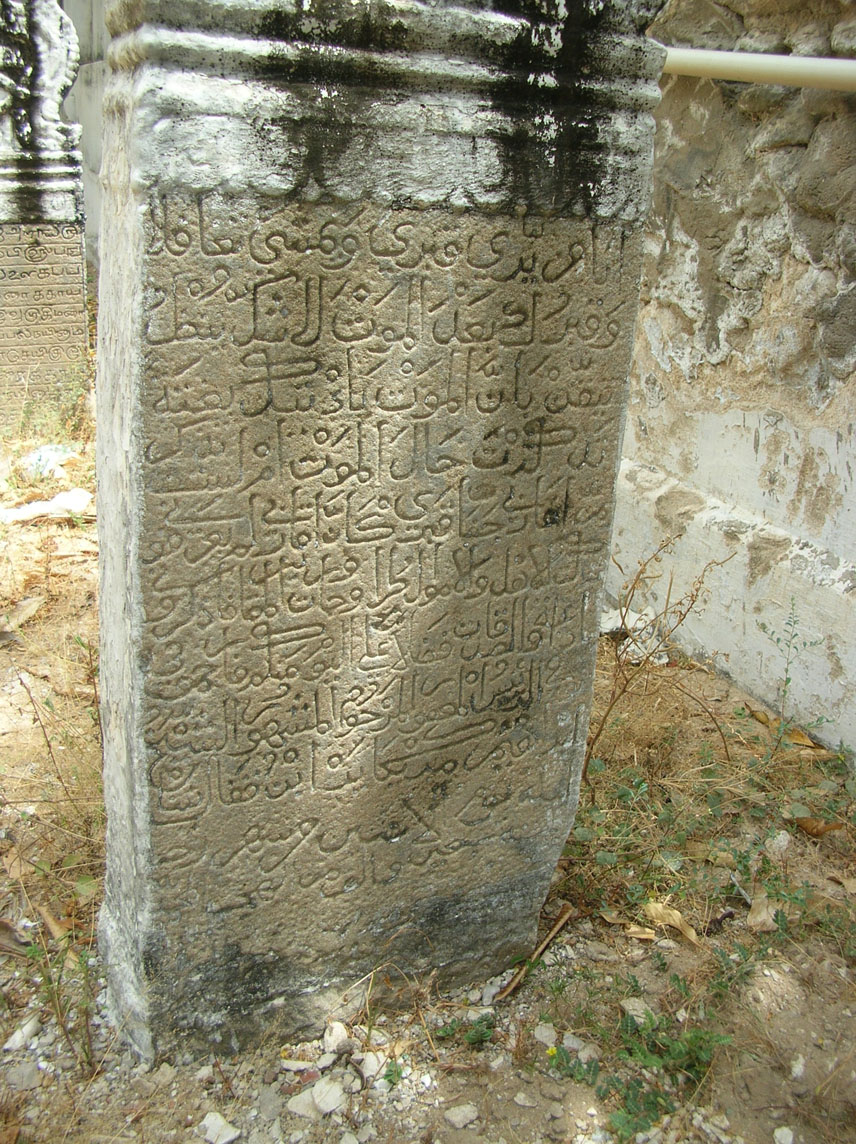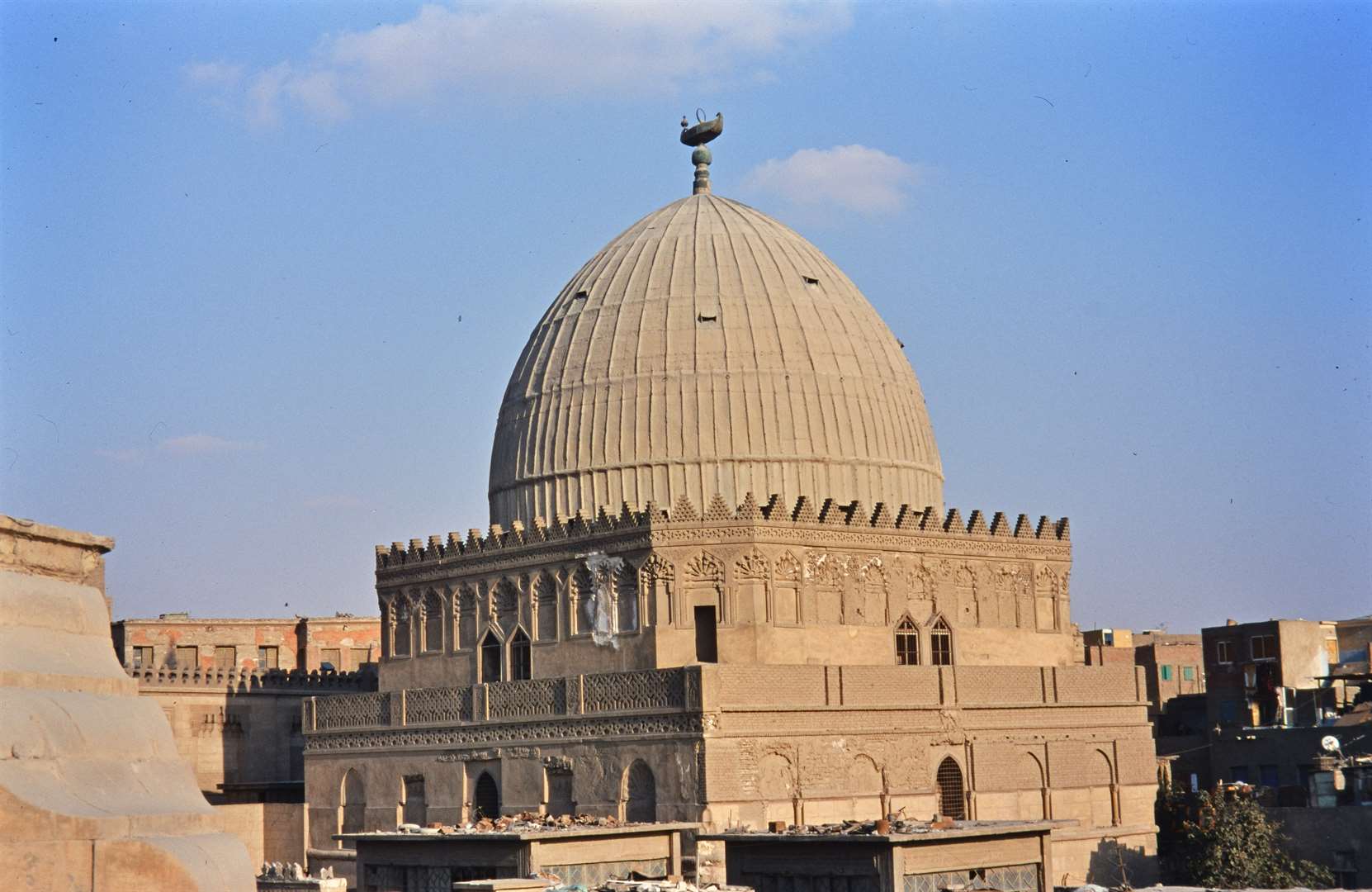|
Arwi Language
Arwi or ArabuTamil (Arabic: , ; ta, அரபுத்தமிழ் is an Arabic influenced dialect of the Tamil language written with an extension of the Arabic alphabet, with extensive lexical and phonetic influences from the Arabic language. Arwi was used extensively by the Muslim minority of the Tamil Nadu state of India and Sri Lanka. History Arwi was an outcome of the cultural synthesis between seafaring Arabs and Tamil-speaking Muslims of Tamil Nadu. This language was enriched, promoted and developed in Kayalpattinam. It had a rich body of work in jurisprudence, sufism, law, medicine and sexology, of which little has been preserved. It was used as a bridge language for Tamil Muslims to learn Arabic. ''216 th year commemoration today: Remembering His Holiness Bukhary Thangal'' Sunday Observer – January 5, 2003Online version accessed on 2009-08-14 The patrons of Arwi seem to have been the Nawab of the Carnatic, they were Islamic and were part of the Mughal ... [...More Info...] [...Related Items...] OR: [Wikipedia] [Google] [Baidu] |
Abjad
An abjad (, ar, أبجد; also abgad) is a writing system in which only consonants are represented, leaving vowel sounds to be inferred by the reader. This contrasts with other alphabets, which provide graphemes for both consonants and vowels. The term was introduced in 1990 by Peter T. Daniels. Other terms for the same concept include: partial phonemic script, segmentally linear defective phonographic script, consonantary, consonant writing, and consonantal alphabet.Amalia E. Gnanadesikan (2017) Towards a typology of phonemic scripts, Writing Systems Research, 9:1, 14-35, DOI: 10.1080/17586801.2017.1308239 "Daniels (1990, 1996a) proposes the name abjad for these scripts, and this term has gained considerable popularity. Other terms include partial phonemic script (Hill, 1967), segmentally linear defective phonographic script (Faber, 1992), consonantary (Trigger, 2004), consonant writing (Coulmas, 1989) and consonantal alphabet (Gnanadesikan, 2009; Healey, 1990). " Impure abja ... [...More Info...] [...Related Items...] OR: [Wikipedia] [Google] [Baidu] |
Kilakarai Arabic Tombstone
Kilakarai (alternatively spelled Kilakkarai or Keelakarai) is a municipality in Ramanathapuram district in the Indian state of Tamil Nadu. As of 2011, the town had a population of 38,355. Kilakarai is one of the Taluka in Ramanathapuram District. History Kilakarai is an eastern coastal town and a port, located in southern Tamil Nadu. It was a flourishing seaport and a gateway to places as far as Madurai until the early 20th century. The famous pearl belt known as the Gulf of Mannar in the Bay of Bengal is dotted with small islands Appa Tivu, Nallathanni Theevu, Shuli Tivu, Uppu Tanni Tivu, Talari Tivu and Musal Tivu. The coastal line of Kilakarai is formed by a series of small bays and coral reefs sheltering the town from the ocean. It was also called as "Quilicare", kirkari, Sembi Nadu, Korkai, Powthira Manicka Pattinam, "Kelikkarai", "Ninathaan mudithaan pattinam", "Seppi Nadu", "lebbat pattan" (pattan mentioned in voyages of Ibn Battuta & map displayed in Ibn Battuta Mall ... [...More Info...] [...Related Items...] OR: [Wikipedia] [Google] [Baidu] |
Sri Lankan Moors
Sri Lankan Moors ( ta, இலங்கைச் சோனகர், translit=Ilaṅkaic Cōṉakar; si, ලංකා යෝනක, translit=Lanka Yonaka; formerly Ceylon Moors; colloquially referred to as Sri Lankan Muslims) are an ethnic minority group in Sri Lanka, comprising 9.2% of the country's total population. Most of them are native speakers of the Tamil language who also speak Sinhalese as a second language. They are predominantly followers of Islam. The Sri Lankan Muslim community is divided as Sri Lankan Moors, Indian Moors and Sri Lankan Malays depending on their history and traditions. The Sri Lankan Moors are of diverse origins with some tracing their ancestry to Arab traders who first settled in Sri Lanka around the 9th century, and who intermarried with local Tamil and Sinhala women. Recent genetic studies, however, have suggested a predominant Indian origin for Moors compared to the Arab origin speculated by some. Perera et al. (2021) in their genetic analysis ... [...More Info...] [...Related Items...] OR: [Wikipedia] [Google] [Baidu] |
Arwi Muslims
Arwi Muslims are Tamil-speaking Muslims. Arwi is an Arabic Arabic (, ' ; , ' or ) is a Semitic languages, Semitic language spoken primarily across the Arab world.Semitic languages: an international handbook / edited by Stefan Weninger; in collaboration with Geoffrey Khan, Michael P. Streck, Janet C ...-influenced dialect of Tamil written with an extension of the Arabic alphabet. See also * Thaika Shuaib External links * Shu’ayb, Tayka. ''Arabic, Arwi and Persian in Sarandib and Tamil Nadu''. Madras: Imāmul 'Arūs Trust, 1993 * Dr. K. M. A. Ahamed Zubair. ''The Rise and Decline of Arabu–Tamil Language for Tamil Muslims'' IIUC STUDIES, 2014 Islam in Tamilnadu: Varia. (PDF) Retrieved on 2012-06-27. References Sri Lankan Moors {{SriLanka-stub ... [...More Info...] [...Related Items...] OR: [Wikipedia] [Google] [Baidu] |
Bible
The Bible (from Koine Greek , , 'the books') is a collection of religious texts or scriptures that are held to be sacred in Christianity, Judaism, Samaritanism, and many other religions. The Bible is an anthologya compilation of texts of a variety of forms originally written in Hebrew, Aramaic, and Koine Greek. These texts include instructions, stories, poetry, and prophecies, among other genres. The collection of materials that are accepted as part of the Bible by a particular religious tradition or community is called a biblical canon. Believers in the Bible generally consider it to be a product of divine inspiration, but the way they understand what that means and interpret the text can vary. The religious texts were compiled by different religious communities into various official collections. The earliest contained the first five books of the Bible. It is called the Torah in Hebrew and the Pentateuch (meaning ''five books'') in Greek; the second oldest part was a coll ... [...More Info...] [...Related Items...] OR: [Wikipedia] [Google] [Baidu] |
Abu Hanifa
Nuʿmān ibn Thābit ibn Zūṭā ibn Marzubān ( ar, نعمان بن ثابت بن زوطا بن مرزبان; –767), commonly known by his '' kunya'' Abū Ḥanīfa ( ar, أبو حنيفة), or reverently as Imam Abū Ḥanīfa by Sunni Muslims, was a Persian Sunni Muslim theologian and juristPakatchi, Ahmad and Umar, Suheyl, "Abū Ḥanīfa", in: ''Encyclopaedia Islamica'', Editors-in-Chief: Wilferd Madelung and, Farhad Daftary. who became the eponymous founder of the Hanafi school of Sunni jurisprudence, which has remained the most widely practiced law school in the Sunni tradition, predominates in Central Asia, Afghanistan, Iran (until the 16th century), Balkans, Russia, Chechnya, Pakistan, Bangladesh, Muslims in India, Turkey, and some parts of the Arab world. Some followers call him ''al-Imām al-Aʿẓam'' ("The Greatest Imam") and ''Sirāj al-Aʾimma'' ("The Lamp of the Imams") in Sunni Islam. Born to a Muslim family in Kufa, Abu Hanifa is known to have travelled ... [...More Info...] [...Related Items...] OR: [Wikipedia] [Google] [Baidu] |
Al-Shafi‘i
Abū ʿAbdillāh Muḥammad ibn Idrīs al-Shāfiʿī ( ar, أَبُو عَبْدِ ٱللهِ مُحَمَّدُ بْنُ إِدْرِيسَ ٱلشَّافِعِيُّ, 767–19 January 820 CE) was an Arab Muslim theologian, writer, and scholar, who was one of the first contributors of the principles of Islamic jurisprudence (Uṣūl al-fiqh). Often referred to as 'Shaykh al-Islām', al-Shāfi‘ī was one of the four great Sunni Imams, whose legacy on juridical matters and teaching eventually led to the formation of Shafi'i school of ''fiqh'' (or Madh'hab). He was the most prominent student of Imam Malik ibn Anas, and he also served as the Governor of Najar. Born in Gaza in Palestine (Jund Filastin), he also lived in Mecca and Medina in the Hejaz, Yemen, Egypt, and Baghdad in Iraq. Introduction The biography of al-Shāfi‘i is difficult to trace. Dawud al-Zahiri was said to be the first to write such a biography, but the book has been lost. The oldest surviving biography g ... [...More Info...] [...Related Items...] OR: [Wikipedia] [Google] [Baidu] |
Fiqh
''Fiqh'' (; ar, فقه ) is Islamic jurisprudence. Muhammad-> Companions-> Followers-> Fiqh. The commands and prohibitions chosen by God were revealed through the agency of the Prophet in both the Quran and the Sunnah (words, deeds, and examples of the Prophet passed down as hadith). The first Muslims (the Sahabah or Companions) heard and obeyed, and passed this essence of Islam to succeeding generations (''Tabi'un'' and ''Tabi' al-Tabi'in'' or successors/followers and successors of successors), as Muslims and Islam spread from West Arabia to the conquered lands north, east, and west, Hoyland, ''In God's Path'', 2015: p.223 where it was systematized and elaborated Hawting, "John Wansbrough, Islam, and Monotheism", 2000: p.513 The history of Islamic jurisprudence is "customarily divided into eight periods": El-Gamal, ''Islamic Finance'', 2006: pp. 30–31 *the first period ending with the death of Muhammad in 11 AH. *second period "characterized by personal interp ... [...More Info...] [...Related Items...] OR: [Wikipedia] [Google] [Baidu] |
Hadith Manuscripts
There are numerous hadith manuscripts from the first four century after the death of Prophet Muhammad (632-1032CE). The number increases drastically in the following two centuries (1032-1232). 632-1032CE MS. Leiden Or. 298 This is a book titled Gharib Al-Hadith. It was written by an early Islamic scholar, Abu Ubaid al-Qasim bin Salam (770-838). There's an incomplete manuscript of this book dated back to 252 AH (866CE). It is now kept at the Library of the University of Leiden. Jami' of Ma'mar ibn Rashid This is one of the earliest collection of hadith that was compiled by Imam Ma'mar ibn Rashid. Two manuscripts of this book have been found in Turkey. One of them is from Ankara and dating back to 364 AH (974CE). Another one is in Istanbul. Ar-Risalah This book was written by the early Islamic scholar, Shafi‘i. Even though this is not a book written specifically in the field of hadith, it still contains dozens of hadiths. There are two manuscripts of this book at the National Lib ... [...More Info...] [...Related Items...] OR: [Wikipedia] [Google] [Baidu] |
Nawab Of The Carnatic
The Carnatic Sultanate was a kingdom in South India between about 1690 and 1855, and was under the legal purview of the Nizam of Hyderabad, until their demise. They initially had their capital at Arcot in the present-day Indian state of Tamil Nadu. Their rule is an important period in the history of the Carnatic and Coromandel Coast regions, in which the Mughal Empire gave way to the rising influence of the Maratha Empire, and later the emergence of the British Raj. Borders The old province known as the Carnatic, in which Madras (Chennai) was situated, extended from the Krishna river to the Kaveri river, and was bounded on the West by Mysore kingdom and Dindigul, (which formed part of the Sultanate of Mysore). The Northern portion was known as the ' Mughal Carnatic', the Southern the 'Maratha Carnatic' with the Maratha fortresses of Gingee and Ranjankudi. Carnatic thus was the name commonly given to the region of Southern India that stretches from the East Godavari of An ... [...More Info...] [...Related Items...] OR: [Wikipedia] [Google] [Baidu] |
Sexology
Sexology is the scientific study of human sexuality, including human sexual interests, behaviors, and functions. The term ''sexology'' does not generally refer to the non-scientific study of sexuality, such as social criticism. Sexologists apply tools from several academic fields, such as anthropology, biology, medicine, psychology, epidemiology, sociology, and criminology. Topics of study include sexual development (puberty), sexual orientation, gender identity, sexual relationships, sexual activities, paraphilias, and atypical sexual interests. It also includes the study of sexuality across the lifespan, including child sexuality, puberty, adolescent sexuality, and sexuality among the elderly. Sexology also spans sexuality among those with mental or physical disabilities. The sexological study of sexual dysfunctions and disorders, including erectile dysfunction and anorgasmia, are also mainstays. History Early Sex manuals have existed since antiquity, such as Ovid's ''Ars ... [...More Info...] [...Related Items...] OR: [Wikipedia] [Google] [Baidu] |


.jpg)


